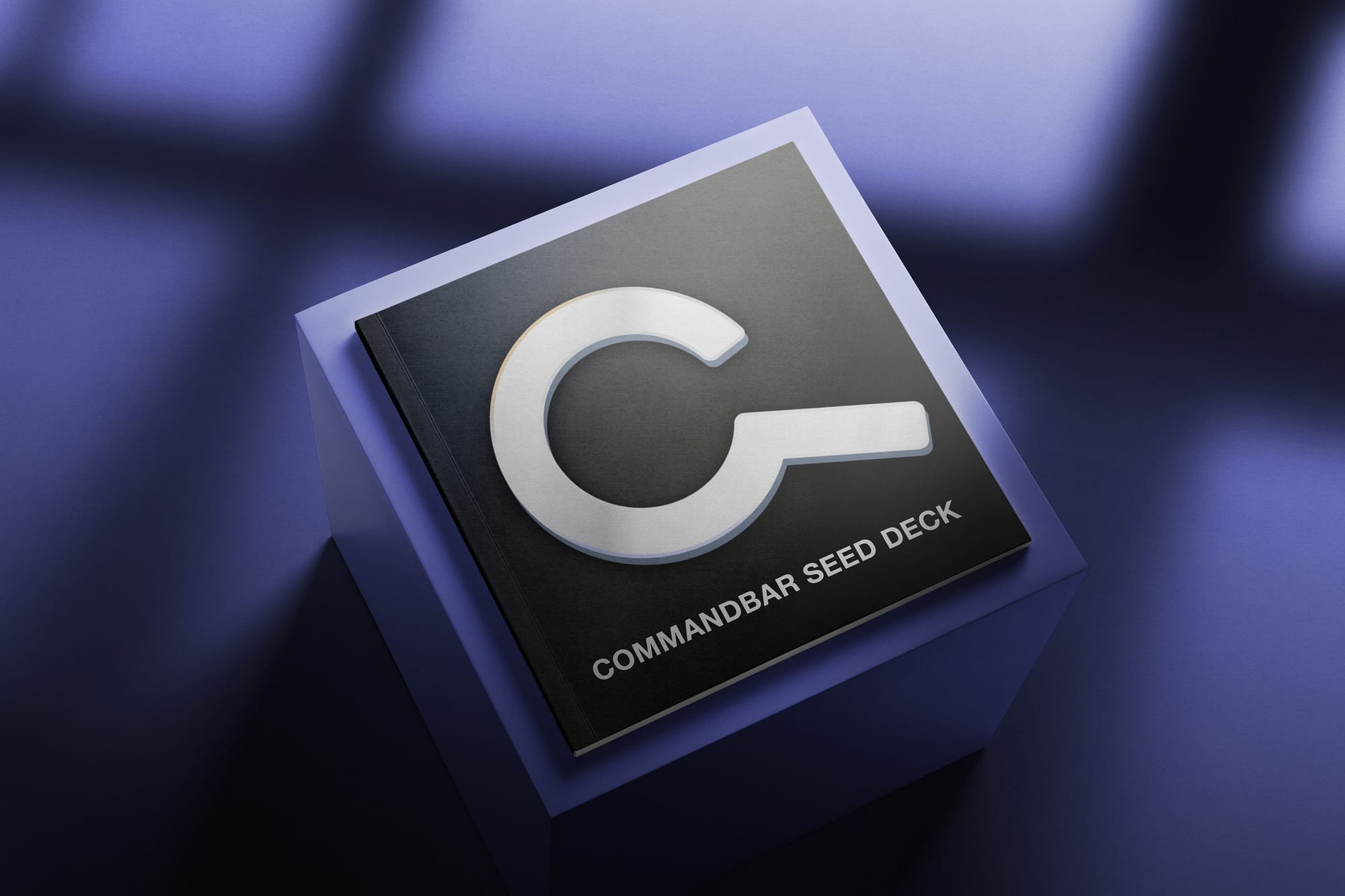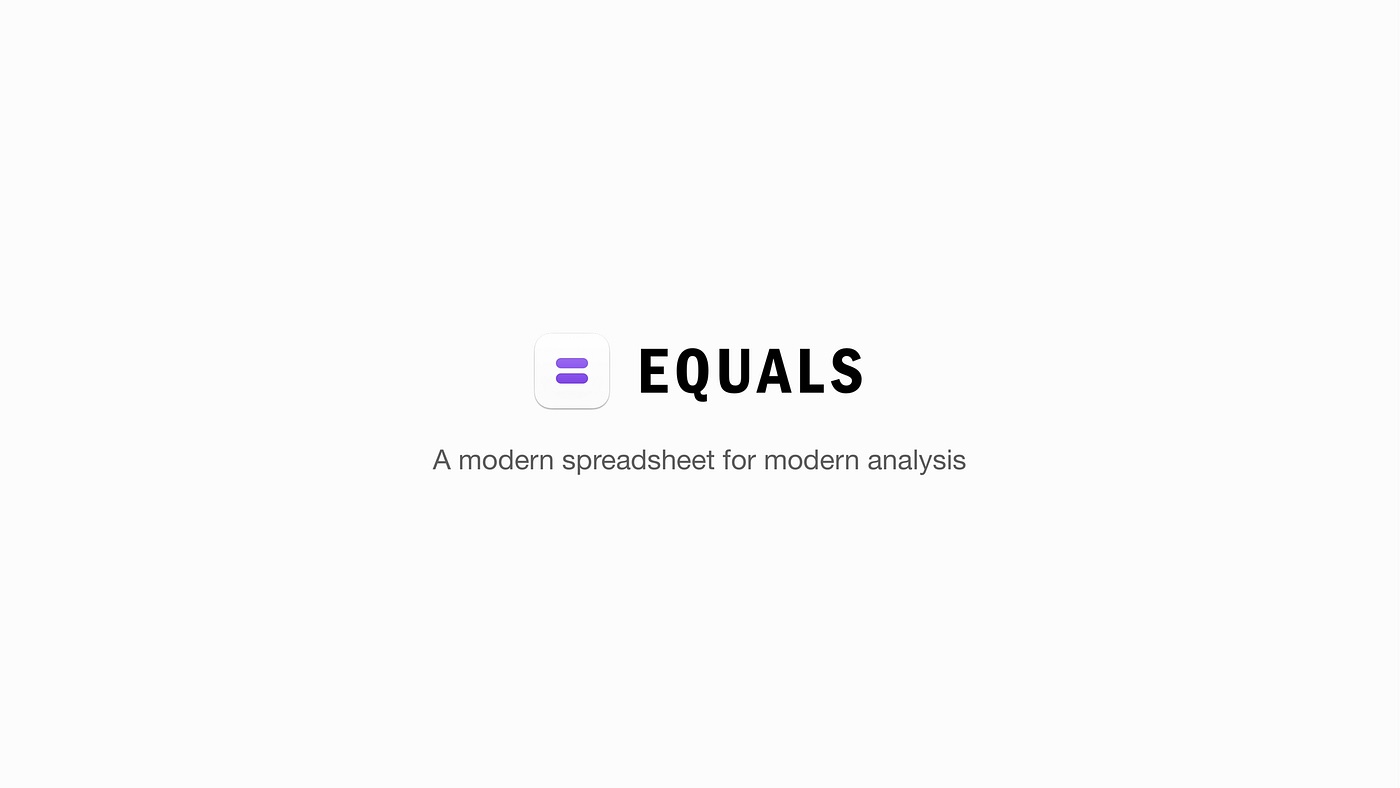As the startup landscape continues to evolve, so does the way founders approach their pitch decks. Gone are the days of lengthy, 30-slide presentations. In today’s fast-paced investment world, it’s all about getting to the point and capturing an investor’s attention quickly.
Key Takeaway
Founders are adapting to the investor pullback by creating shorter pitch decks that focus on key information. The traditional narratives around purpose, problem, and solutions are being replaced with a more direct approach of showcasing the product, its market potential, and monetization strategies.
A Changing Landscape
A recent report from DocSend, a leading document sharing platform, sheds light on the shifting dynamics of pitch decks in the venture capital space. The data indicates that pre-seed founders are embracing shorter presentations, recognizing that investors have limited time to review each deck.
“Pre-seed founders have responded to the investor pullback by creating shorter decks. They are rearranging the opening slides in ways I hadn’t seen before,” says Justin Izzo, research lead at DocSend.
By streamlining their decks, founders are able to convey their key messages more efficiently, ensuring that crucial information is not overlooked. Instead of delving into lengthy narratives, founders are diving straight into the “why now,” presenting their product, and detailing how they plan to generate revenue.
Less Time, More Decks
The data further reveals that founders are actually sending more decks than they did in previous years, with a 16% increase compared to the same period last year. This means that investors have a substantial amount of material to review.
Due to time constraints, VCs are spending less time reviewing each deck. In 2023, the average time spent on a pitch deck decreased by almost 20%, with VCs now devoting an average of 2 minutes and 12 seconds per deck, compared to 2 minutes and 42 seconds in 2022.
With only a couple of minutes to capture an investor’s attention, it is crucial for founders to make every second count. Data from DocSend reveals that successful pre-seed teams often present shorter-than-average pitch decks, while unsuccessful teams tend to have longer decks with more slides.
The Art of Conciseness
With the shift towards shorter pitch decks, founders need to be ruthless in their approach. Each slide and word must be intentional and impactful. According to the data, the average slide deck has decreased from 19 slides to 16 since 2022.
When considering what to include in a pitch deck, founders should focus on the following key elements:
- Introduction: Start with a slide that displays your company’s name, logo, and a captivating tagline or image that conveys your startup’s value proposition. This immediate impression helps investors understand what your startup is all about and the size of funding you are seeking.
- Mission: Begin your pitch with a mission slide or a summary slide that grabs attention and entices the audience. Effective storytelling layers information, starting with the big picture and gradually diving into different aspects of your business for deeper understanding.
By embracing shorter and more concise pitch decks, founders increase their chances of effectively communicating their ideas and securing the attention and interest of potential investors.

























